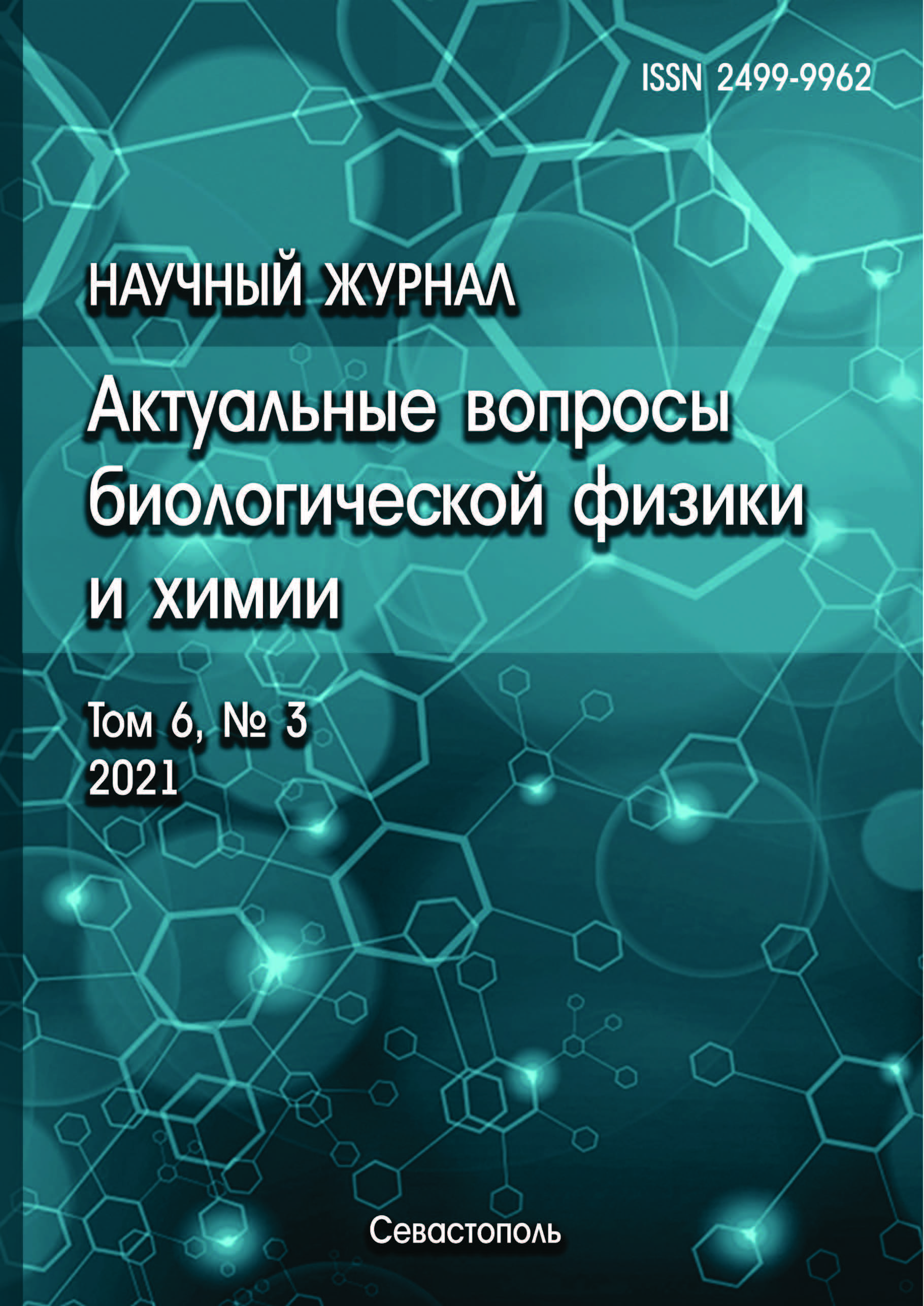E.I. Chazov National Medical Research Centre of Cardiology
Moscow, Moscow, Russian Federation
In this work, we studied the effect of reactive oxygen and nitrogen forms on the complexes of NO with hemoglobin under conditions simulating various physiological and pathophysiological conditions. It is well known that reactive oxygen species, reactive halogen species (hypochlorite), reactive nitrogen species (peroxynitrite and nitryl chloride) and other free radicals are involved in inflammatory reactions and in the pathogenesis of various diseases of the most important systems of the human and animal body. Stabilized forms of nitric oxide (NO) bound to hemoglobin: complexes of NO with heme iron (HbNO) and dinitrosyl iron complexes (DNIC) formed on thiol groups of cysteine residues of hemoglobin (Hb-DNIC) are important physiological forms of nitric oxide. Of particular interest for research is the participation of such NO complexes in processes associated with oxidative stress. We showed that peroxynitrite and hypochlorite quantitatively destroy Hb-DNIC, and in the case of hypochlorite, nitrosylation of the hemoglobin heme group does not occur. In addition, the antioxidant effect of Hb-DNIC was shown when interacting with alkoxyl and alkyl peroxide radicals obtained by adding tert-butyl hydroperoxide to a methemoglobin solution, which simulates peroxidation that occurs during oxidative stress. The data obtained make it possible to improve understanding of the role of complexes of nitric oxide with hemoglobin in the balance between antioxidant and prooxidant systems in the body.
reactive oxygen and nitrogen species, hemoglobin, EPR spectroscopy
1. Dei Zotti F., Lobysheva I.I., Balligand J.-L. Nitrosyl-hemoglobin Formation in Rodent and Human Venous Erythrocytes Reflects NO Formation From the Vasculature in Vivo. PLoS One, 2018, vol. 13, no. 7. doi:https://doi.org/10.1371/journal.pone.0200352 EDN: https://elibrary.ru/YIJLBR
2. Shumaev K.B., Kosmachevskaya O.V., Timoshin A.A., Vanin A.F., Topunov A.F. Dinitrosyl Iron Complexes Bind With Hemoglobin as Markers of Oxidative Stress. Methods in Enzymology, 2008, vol. 436. doi:https://doi.org/10.1016/S0076-6879(08)36025-X EDN: https://elibrary.ru/LLJOFT
3. Panasenko O.M., Torhovskaya T.I., Gorudko I.V., Sokolov A.V. Rol' galogeniruyuschego stressa v aterogennoy modifikacii lipoproteinov nizkoy plotnosti. Uspehi biologicheskoy himii, 2020, t. 60, s. 75-122. @@Panasenko O.M., Torkhovskaya T.I., Gorudko I.V., Sokolov A.V. The role of halogenated stress in atherogenic modification of low density lipoproteins. Uspekhi biologicheskoy khimii, 2020, vol. 60, pp. 75-122. (In Russ.)
4. Pacher P., Beckman J.S., Liaudet L. Nitric oxide and peroxynitrite in health and disease. Physiological reviews, 2007, vol. 87, no. 1, pp. 315-424. DOI: https://doi.org/10.1152/physrev.00029.2006; EDN: https://elibrary.ru/MHLGVH
5. Pryor W.A., Houk K.N., Foote C.S., Fukuto J.M., Ignarro L.J., Squadrito G.L., Davies K.J.A. Free radical biology and medicine: it’s a gas, man! American Journal of Physiology - Regulatory, Integrative and Comparative Physiology, 2006, vol. 291, pp. 491-511.
6. Shumaev K.B., Petrova N.E., Zabbarova I.V., Vanin A.F., Topunov A.F., Lankin V.Z., Ruuge E.K. Vzaimodeystvie oksoferrilmioglobina i dinitrozil'nyh kompleksov zheleza. Biohimiya, 2004, t. 69, № 5, s. 699-705. @@Shumaev K.B., Petrova N.E., Zabbarova I.V., Vanin A.F., Topunov A.F., Lankin V.Z., Ruuge E.K.Interaction of oxoferrylmyoglobin and dinitrosyl iron complexes. Biochemistry (Moscow), 2004, vol. 69, no. 5, pp. 699-705. (In Russ.) EDN: https://elibrary.ru/ORCNPN
7. Vanin A.F. Dinitrosyl iron complexes with thiol-containing ligands as a “working forms” of endogenous nitric oxide. Nitric Oxide, 2016, vol. 54. pp. 15-29. DOI: https://doi.org/10.1016/j.niox.2016.01.006; EDN: https://elibrary.ru/WWALVD
8. Shumaev K.B., Gorudko I.V., Kosmachevskaya O.V. et al. Protective Effect of Dinitrosyl Iron Complexes with Glutathione in Red Blood Cell Lysis Induced by Hypochlorous Acid. Oxidative Medicine Cellular Longevity, 2019, pp. 1-12. DOI:https://doi.org/10.1155/2019/2798154 EDN: https://elibrary.ru/YVJLVD
9. Pisarenko O., Studneva I., Timoshin A., Veselova O. Protective efficacy of dinitrosyl iron complexes with reduced glutathione in cardioplegia and reperfusion. European Journal of Physiology, 2019, vol. 471, pp. 583-593.
10. Karoui H., Chalier F., Finet J.P., Tordo P. DEPMPO: an efficient tool for the coupled ESR-spin trapping of alkylperoxyl radicals in water. Organic & biomolecular chemistry, 2011, vol. 9, no. 7, pp. 2473-2480. doi:https://doi.org/10.1039/c0ob00876a










